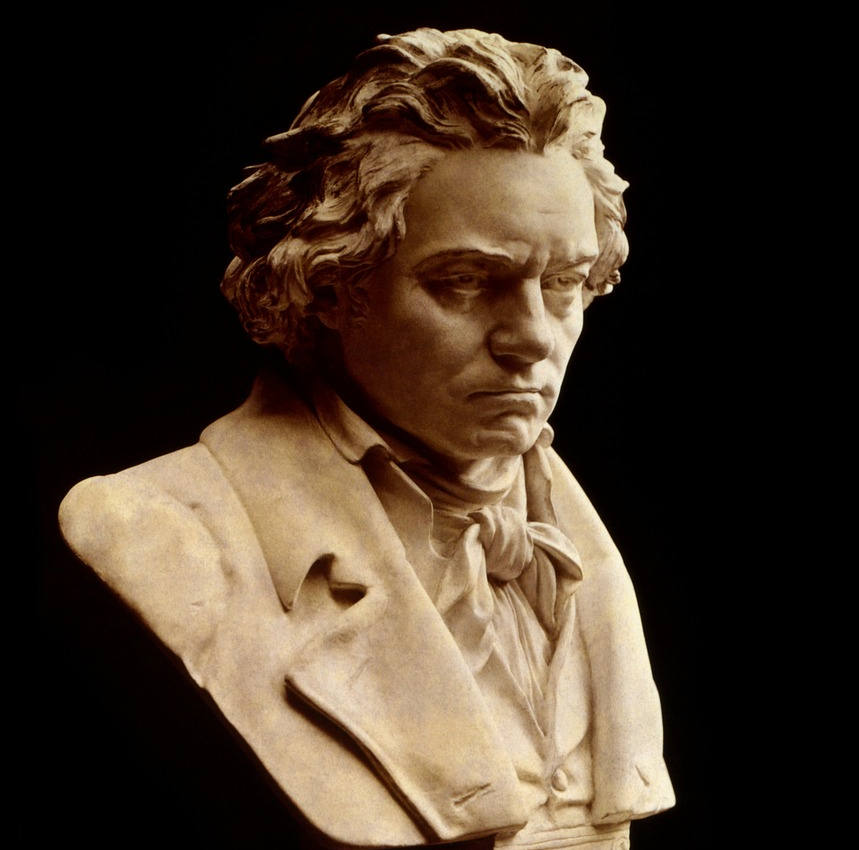Interpretation and Artistic Image
‘Moonlight’ Sonata – meaning and interpretation (Part I)
The unquestionable beauty and depth of Beethoven’s Moonlight Sonata No. 14 are two of the many reasons this piece has become one of the most popular classical pieces ever written. This article presents a brief guide to the artistic interpretation of the first movement of this sonata.
Today, in the first part of the article, I would like to focus on the historical background and the artistic meaning of the sonata’s first movement.
Historical background
‘Moonlight’ Sonata was written in 1801 and published in 1802. The term ‘Moonlight’ was not given to the piece by Beethoven but by poet Ludwig Rellstab in 1832 (after the composer’s death).
At the time of writing Moonlight,’ Beethoven’s life was at a breaking point due to several factors. To name just a few, he realized that his worsening deafness might never be cured. He was deeply in love with one of his students (seventeen-year-old Countess Giulietta Gucciardi), who two years later married another man. “Moonlight’ Sonata was dedicated to her. Beethoven also suffered because of the death of one of his closest friends.
You might think that in light of so many life difficulties, Beethoven would feel depressed or even suicidal. You are not wrong. In a letter written by the composer one year following ‘Moonlight,’ he contemplates taking his own life. This document, commonly called the ‘Heiligenstadt Testament’ shows a man who, despite circumstances, decides to go on living. His deep artistic mission to create music for eternity was more important than the everyday difficulties he encountered.
Love, drama, and philosophy – the artistic meaning of ‘Moonlight’ Sonata
The interpretation of music is, of course, a somewhat subjective domain. At the same time, considering the biographical facts mentioned above, there exist at least three possible explanations of the meaning of the music of the first movement of this sonata.
Unrequited love
This interpretation is possibly the most common. It closely follows newly emerging topics of Romantic music and Beethoven, while being a classical composer is often considered one of the precursors of new trends.
The main focus of this approach is to express loneliness, sadness, and anguish caused by unfulfilled love between the composer and Countess Giulietta.
Funeral piece
This interpretation focuses on the dark and depressing qualities of the ‘Moonlight’ Sonata. The word ‘funeral’ in reference to the character of this piece was used by one of the great living Beethoven specialists – Daniel Barenboim.
A short video of Daniel Barenboim explaining his views regarding interpreting this famous sonata can be found below.
This approach easily falls into the life situation of the composer, who felt deep sadness and desperation after losing his friend and realised that soon, he might not be able to hear his own music ever again.
Philosophical and artistic statement
I have found this approach to the interpretation of ‘Moonlight’ to be fascinating and well-founded in an understanding of Beethoven as a person. In an article written by Pierre Beaudry entitled The truth about Beethoven’s so-called “Moonlight Sonata,” the author suggests that the music expresses the longing of someone who understands their own life’s mission and is willing to pursue it regardless of consequences and circumstances.
In light of this perspective, the music appears as an expression of the deep inner strength of the composer rather than the melancholic or sentimental expression of his earthly love.
Conclusions
In the Part II of this article, I will be addressing various editions of ‘Moonlight’ Sonata and try to help the reader to find the best sheet music for their needs.
